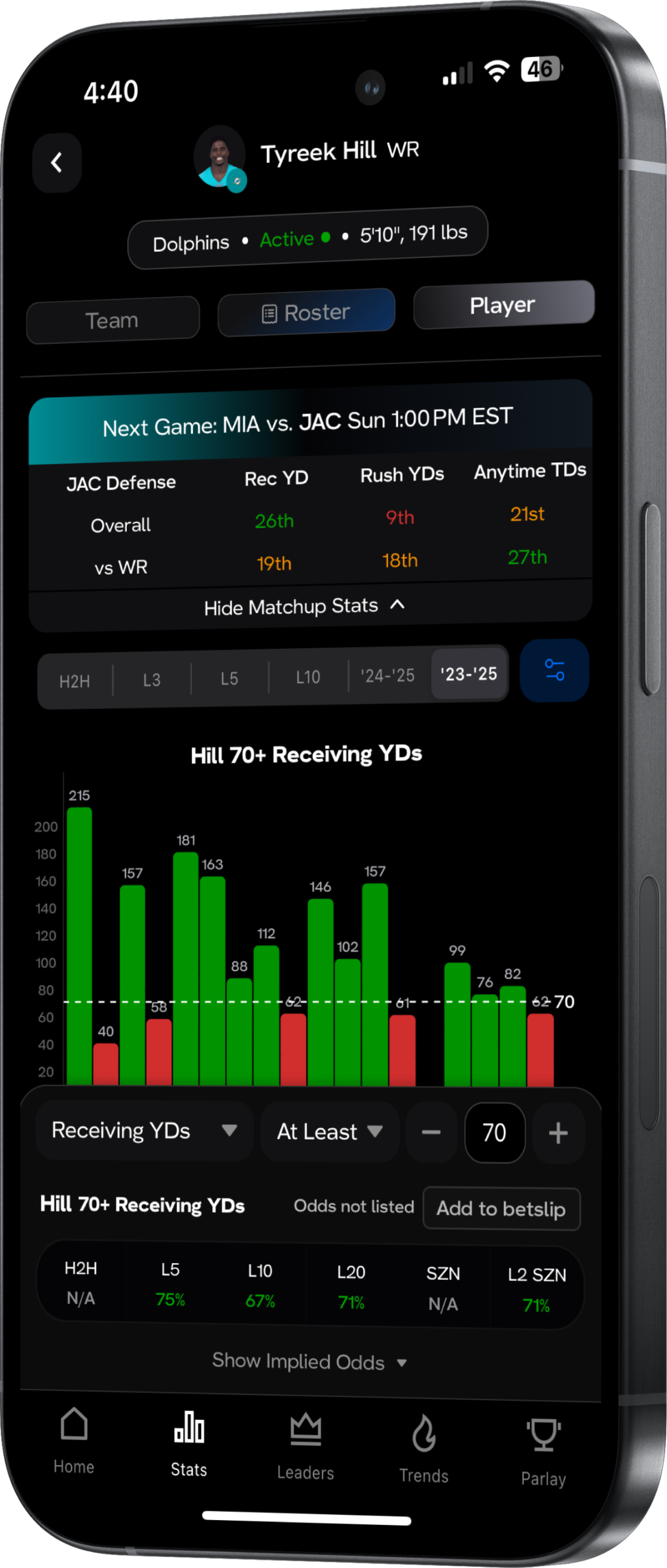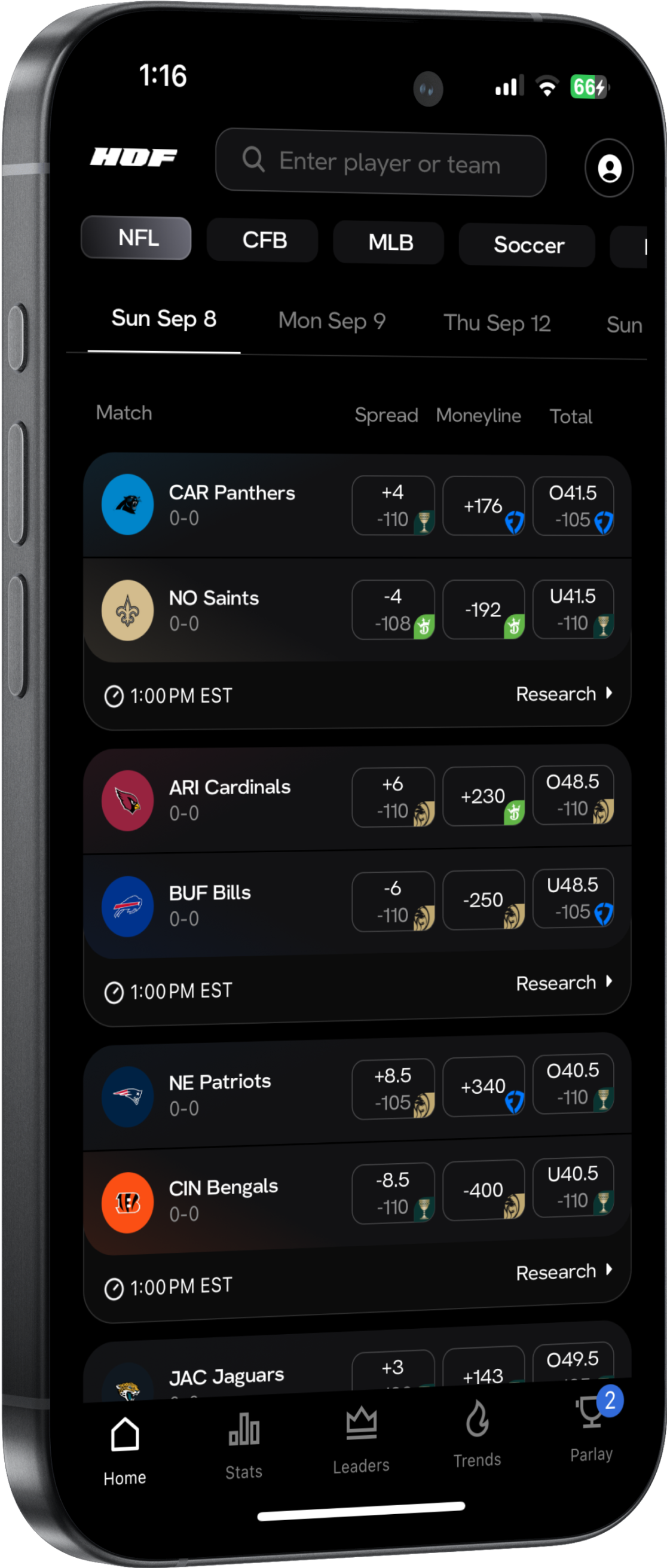Welcome to the fascinating world of Round Robins, a term that may evoke images of chirping birds but in reality, spans across various fields from sports to computing, and even literature. Originally derived from the French phrase ‘ruban rond' (meaning round ribbon), the concept has come to signify a cyclic order of events where each participant gets an equal opportunity, ensuring fairness and comprehensive engagement. Whether you are a sports enthusiast looking to understand how tournament fixtures are decided, a computer science buff intrigued by scheduling algorithms, or a literary aficionado curious about the collaborative storytelling method by the same name, this blog post is set to explore the intricate intricacies of Round Robins. Join us as we delve into the circular pattern that organizes chaos, provides structure, and brings about a unique blend of predictability and excitement to any system.
What is a ‘Round Robin' in Sports Betting?
A ‘Round Robin' is a betting strategy that allows you to create multiple parlays from a larger set of teams. The advantage is that it reduces the risk of losing an entire parlay due to a single failed pick, making it a beneficial approach for those seeking upside value from bets.
This bet type can be particularly useful when you have high confidence in several player props or outcomes but want to mitigate risk by not putting all your eggs in one basket.
How Does a ‘Round Robin' Work?
This type of bet gets its name from the typical tournament format used for group stages, in which every team plays each other. However, for the bet, it would instead be where every individual leg of your bet is parlayed with one another.
The format has two key elements: the number of picks you are taking and the number of legs you want in each play. The number of picks you take increases the total number of options, meanwhile the number of legs you want in each leg reduces the number of total combinations.
A typical round robin may be something like this:
Let's say you've chosen four teams: A, B, C, and D. In a Round Robin bet, you could create six two-team parlays: A-B, A-C, A-D, B-C, B-D, and C-D. Instead of having one bet for all four teams, you are creating a series of smaller parlays. In this way, if one or more of your bets lose, you still retain the potential to turn a profit, depending on the odds that you are including for your legs.
Likewise, with four picks, you could also create a Round Robin by threes. This would give you four potential parlays of: A-B-C, A-B-D, A-C-D, and B-C-D. In this scenario, you would need at least three picks to win to turn a profit, but likewise, your potential reward would be higher.
Enjoy educational content like this? Make sure to follow Hall of Fame Bets on our socials @hofbets on Twitter and TikTok and @hof.bets on Instagram, or check out our website for more insights like these.
An Example of a ‘Round Robin':
Let’s look at what an example would look like with some real bets at DraftKings. We are going to take four soccer teams to win:

Scrolling down on our bet slip we can see that taking all four of these teams to win would give us a parlay of +330 odds, which is a solid return but is still a potentially risky bet. Here a $10 bet would return us a return of $43. However, if you continue scrolling down, there is an option for Round Robins, with your options being 2 Pick and 3 Pick.

Here the book will automatically generate all of the plays for you, making it easy to test out all of the potential options. The payouts that are posted are if all four legs were to hit, meaning that you would be placing $60 with a chance of winning up to $125.01 for the twos and placing $40 with a chance of winning up to $119.90 for the threes. Now, let’s look at how these payouts would work in different scenarios.
Breaking Down Potential Payouts in Round Robins:
In this scenario, we took on four relatively short odd bets, but our foreseeable payout can be strong as long as two or three of them hit.

Looking at this breakdown, we can see that in the two-pick round robin, as long as two of them hit, you are going to minimize potential losses and if three or four hit, you will see a fantastic return. Meanwhile, in the three-pick round robin, you need at least three to hit, but you are going to be looking at drastically higher payouts. In this way, round robins can be yet another strategy for managing risk and adjusting returns based on this risk tolerance, breaking down an immense parlay into much more likely legs.
The Impact of ‘Round Robins':
Round Robins offer a versatile and potentially more profitable betting strategy. They offer a way to spread risk across multiple bets, which can be key to maintaining a healthy bankroll over time.
Strategies for Using ‘Round Robins':
Using Round Robins effectively involves strategic thinking:
- Bankroll Management: Due to multiple bets, Round Robins require a larger stake. Ensure you manage your bankroll effectively.
- Game Analysis: Round Robins work best when you have a solid understanding of the teams or player props you're betting on.
- Risk/Reward Evaluation: Analyze the potential risk and reward of each parlay within your Round Robin to make the most informed decisions.
Conclusion:
Round Robins add a layer of strategy and risk management to sports betting, making them a valuable tool whether you're considering NBA picks and parlays, NFL player props, or any form of sports betting.
Stay tuned for more insightful posts as we continue to explore the sports betting landscape. If you found this article useful, share it with fellow bettors and let's learn together. Happy betting!
Take the question out of betting research with HOF Bets. Optimize your bets using sports betting analytics like these and many more, available on our platform at hofbets.com or by downloading our new iOS app here.
Get started with us today for the best player prop and sports betting research.
All odds in this article are from DraftKings Sportsbook.



